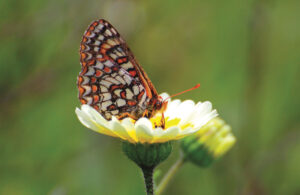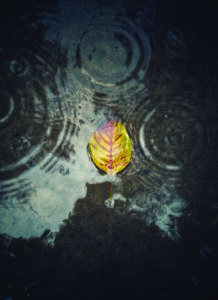Californians like to complain about missing true “seasons.” But expand your definition beyond humid summer nights and winter sleet and you’ll find nature all around us responding to seasonal change.
Here are some of our suggestions of seasonal favorites to look for in 2020. Got your own seasonal favorites in California? Let us know about them in the comments below!
Bonus offer, not for the faint of heart: find each of these this year, email us pictures or iNaturalist observations (letters@baynature.org), and we’ll give you a free digital subscription to Bay Nature.
January: Goldback fern
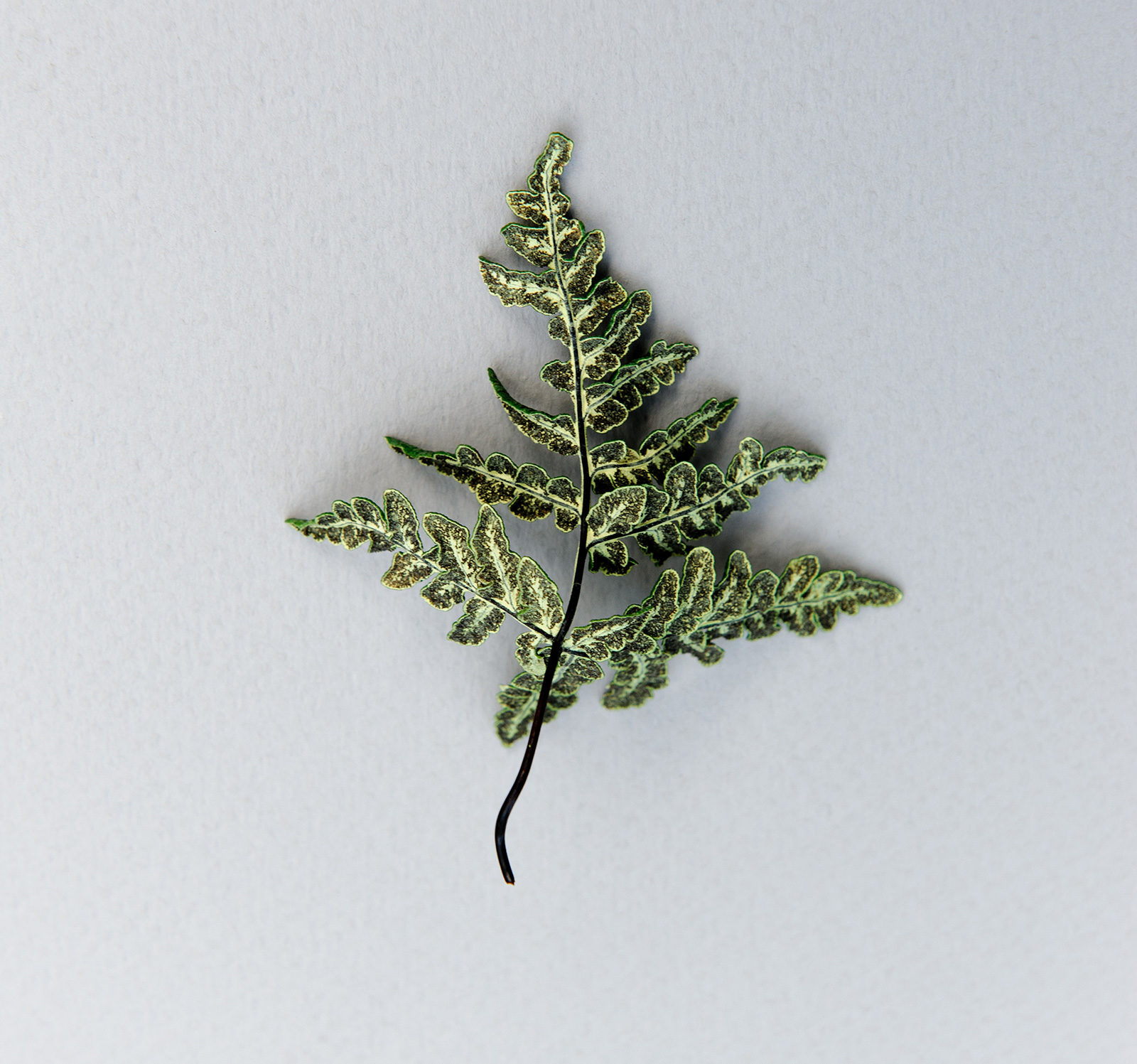
Rain encourages ferns like the goldback to uncurl their leaves and spread out. You can find this California native just about everywhere except the Mojave Desert.
February: yellow-eyed ensatina
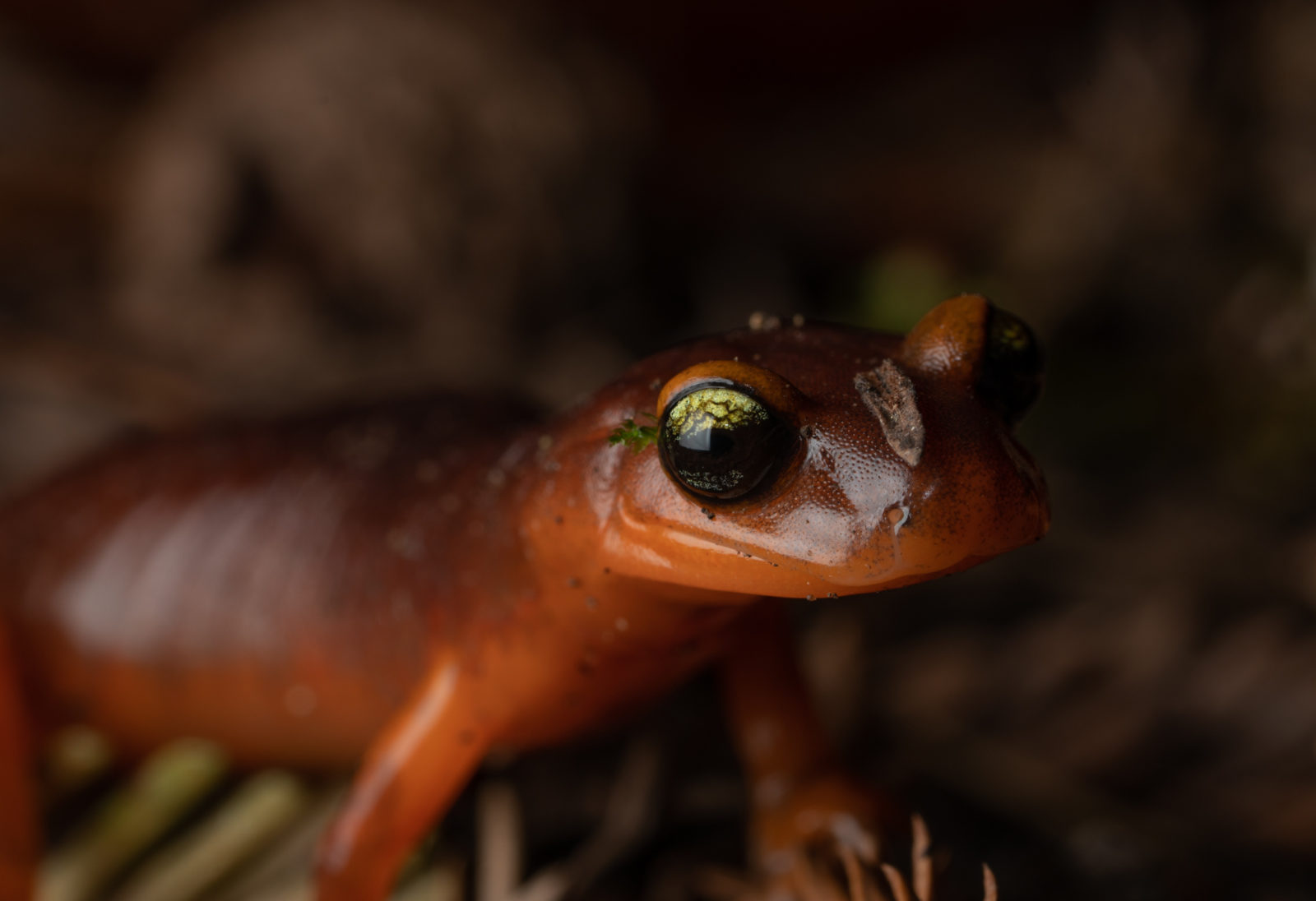
As rain saturates the ground and streams rise, salamanders come out to wander the forest floor. There are more salamanders in North America than anywhere else, and the yellow-eyed ensatina, a charming mimic of the California newt, might be one of the most common.
March: Hedgpeth’s sapsucker

Want to find green in nature for St. Patrick’s Day? Want to find something cooler than a four-leaf clover? Look on dock pilings, eelgrass beds, and seaweed around the San Francisco Bay for the Hedgpeth’s sapsucker, a spectacular West Coast sea slug with a fascinating life history.
April: western fence lizard

April brings the return of the City Nature Challenge, an international citizen science event organized by the California Academy of Sciences. Spend the last few days of the month trying to find and photograph every different species you can — but don’t miss 2019’s most-observed Bay Area animal, the western fence lizard.
May: Acmon blue butterfly

As it warms up into May, insects come alive. The West Coast native Acmon blue butterfly is common here, but repays the effort to find it. Caterpillars have a symbiotic relationship with ants, which herd and protect the young butterflies. Adult males have the characteristic shimmery blue wings of the Lycaenidae family, with bright orange marks on the hind wings.
June: black tegula sea snail
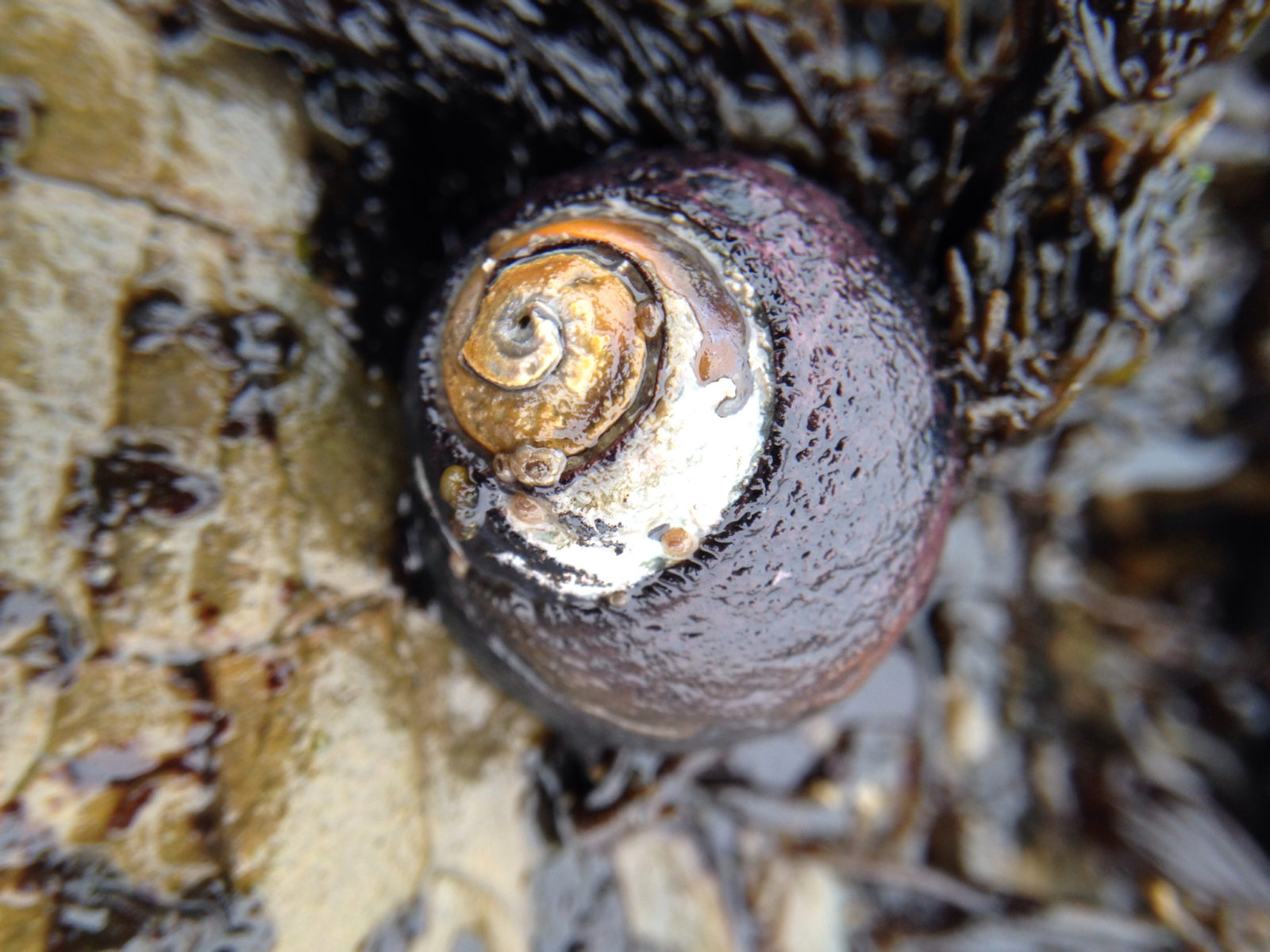
June brings fog and some of the West Coast’s best low tides. While color and beauty abound in every tidepool, this month take time to appreciate the marvelous world of the most commonplace of tidepool creatures: the easy-to-find, surprisingly complicated black tegula.
July: cuckoo wasp
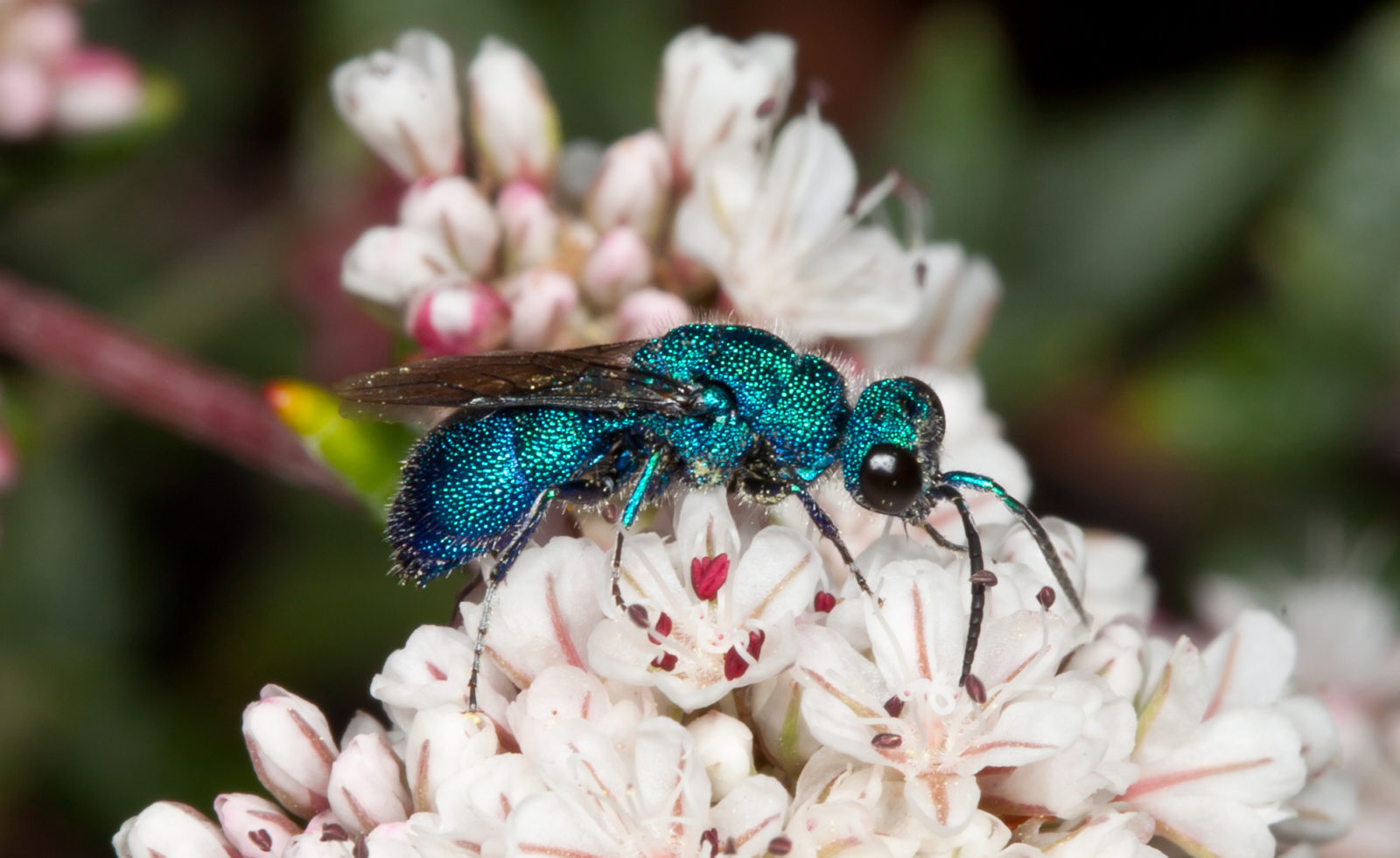
The peak of summer is your chance to see perhaps the most gorgeous insect in California: the unbelievably iridescent blue-green cuckoo wasp. Parasites that lay their eggs in the nests of other species, you can find them in dry open areas.
August: variegated meadowhawk
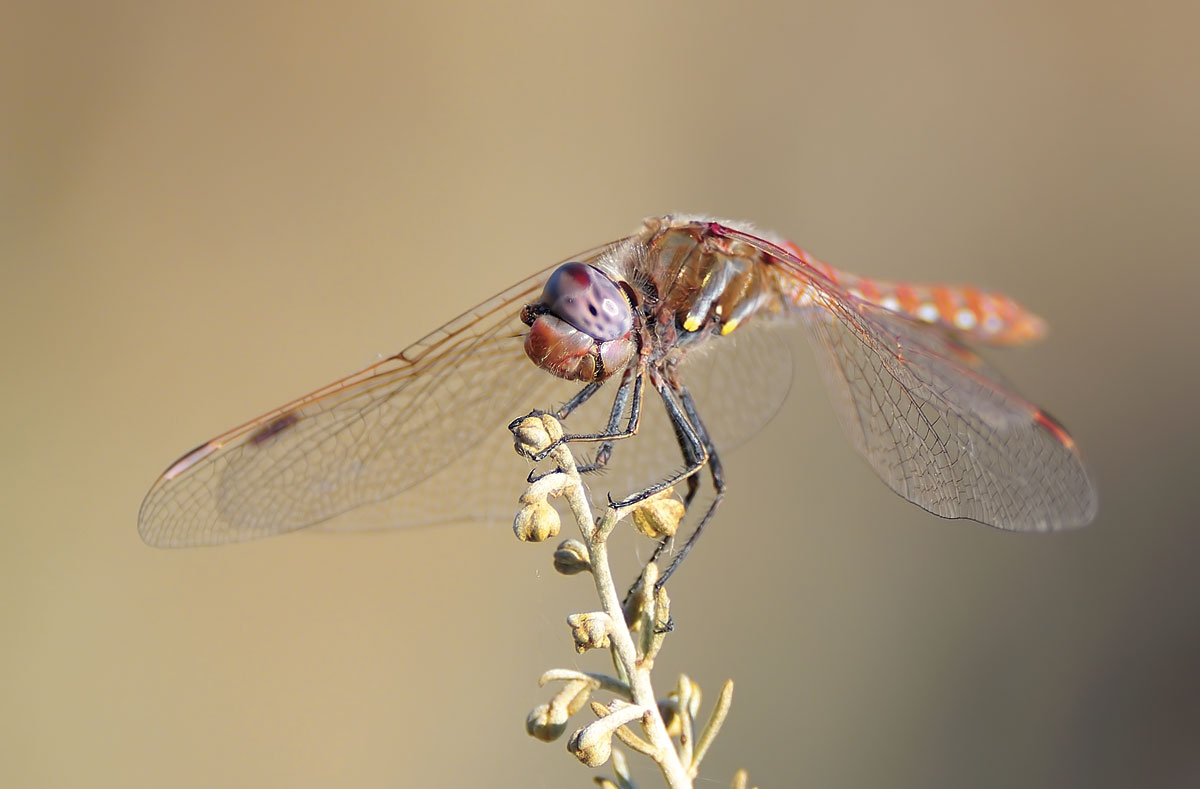
Dragonflies feel the time passing. By August they’re entering into their migration: clouds of large, fast variegated meadowhawks will start to pass over our heads, following the flyways of birds as they head south past places like the Marin Headlands.
September: golden-crowned sparrow

The autumnal equinox means the return of a Bay Area favorite: the common golden-crowned sparrow arrives sometime in September after spending the summer feasting in the far north.
October: metepeira spider
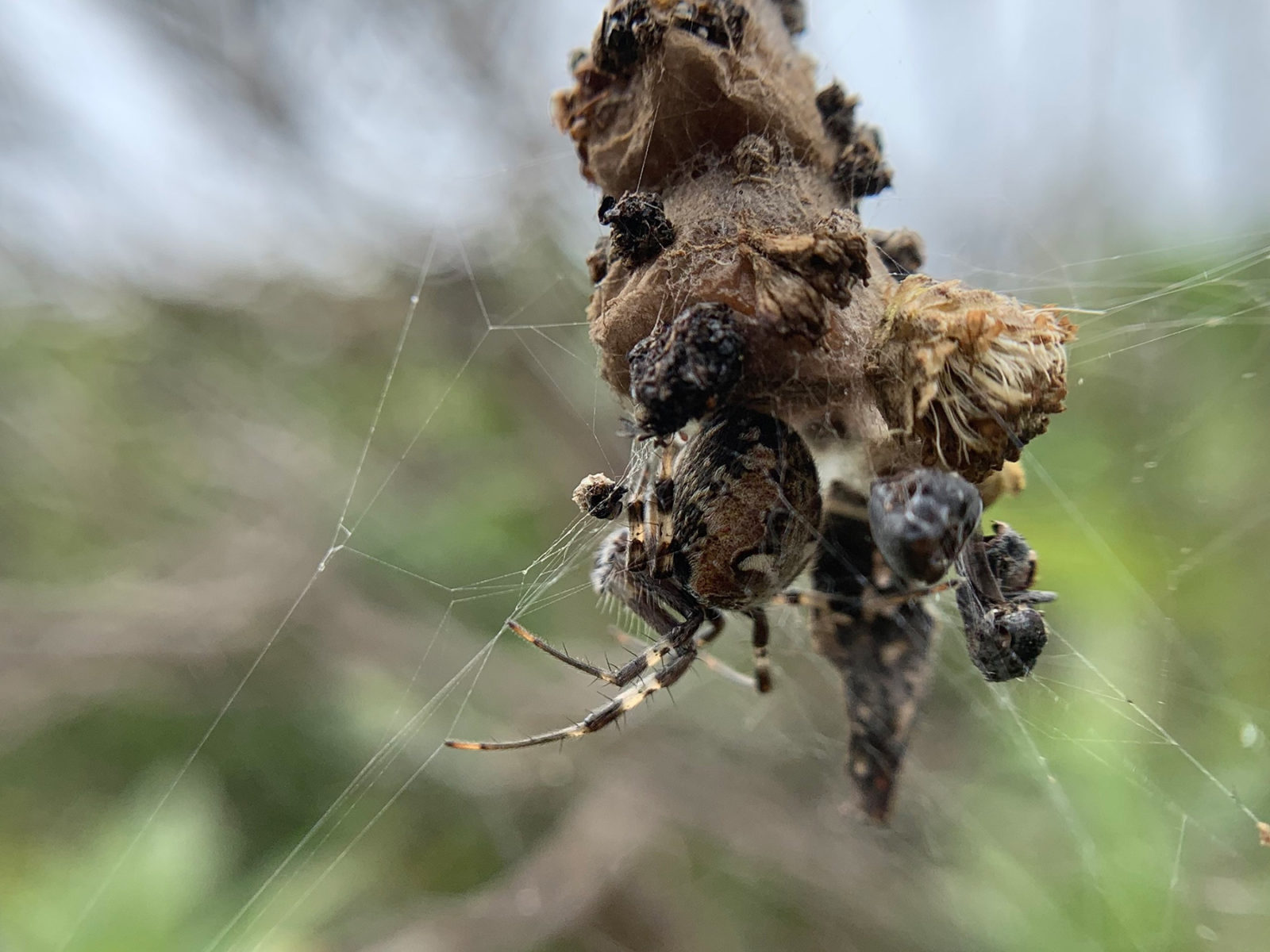
October in the Bay Area brings heat waves and east winds rather than crackling leaves and dreary skies. But you can celebrate Halloween with these labyrinth-building spiders, which construct vast colonies on shrubs like coyote brush around the Bay Area.
November: acorn woodpecker

November 2020 seems like a good month to look for a bird that symbolizes sharing, community, and vicious fights over leadership. Find acorn woodpeckers, which will be out and loud in their granaries as winter arrives.
December: banana slug
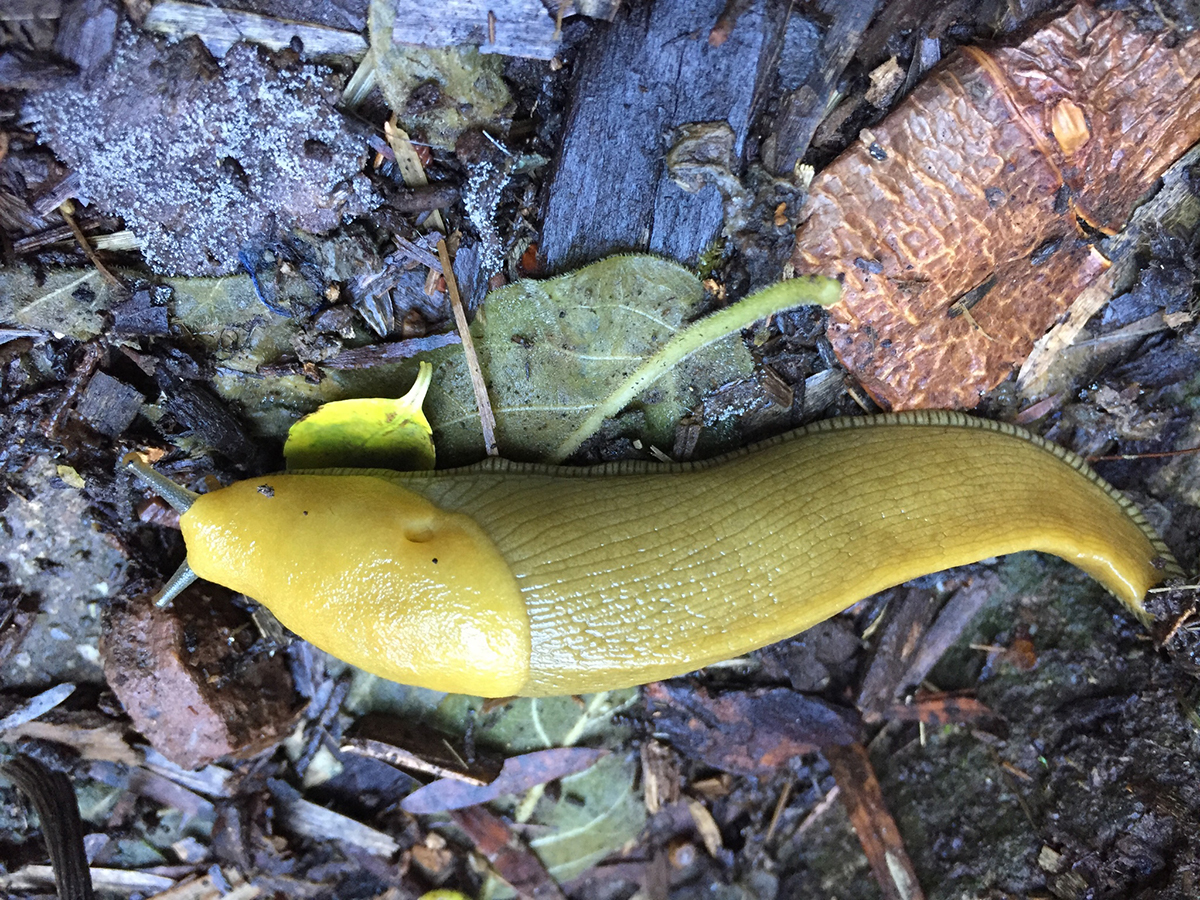
The world may not get any weirder — from a human perspective at least — than the bizarre, slime-trailing banana slug. They’re plentiful beneath the trees, a brilliant slime-covered reward for those who proverbially gaze not up at the canopy, but down at the mud.

